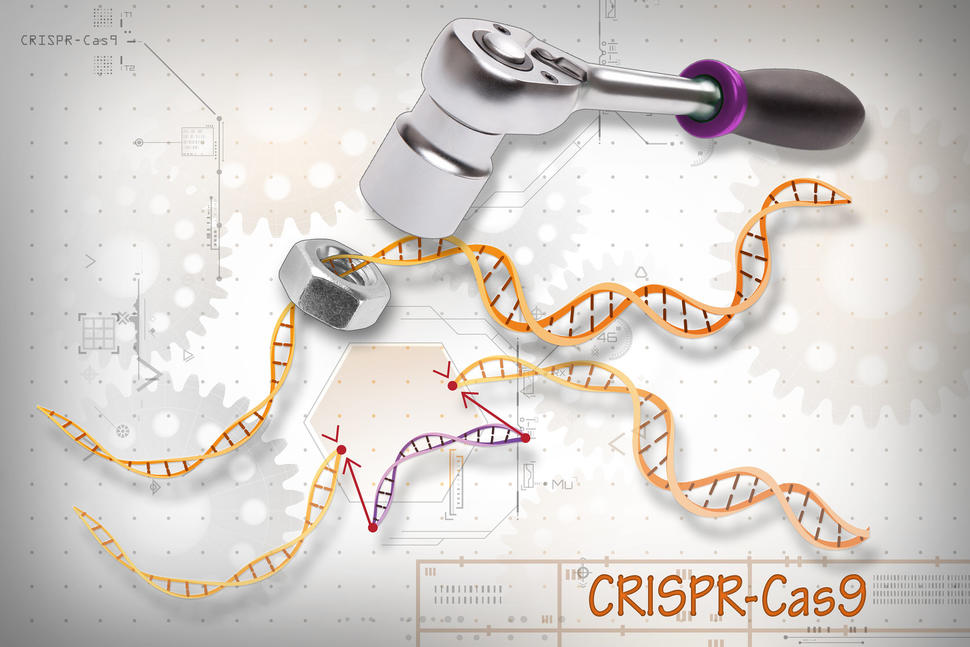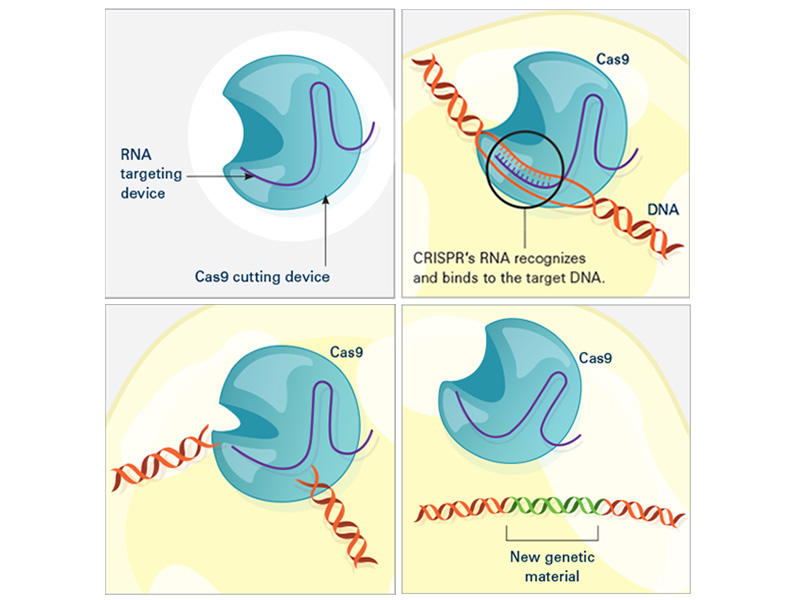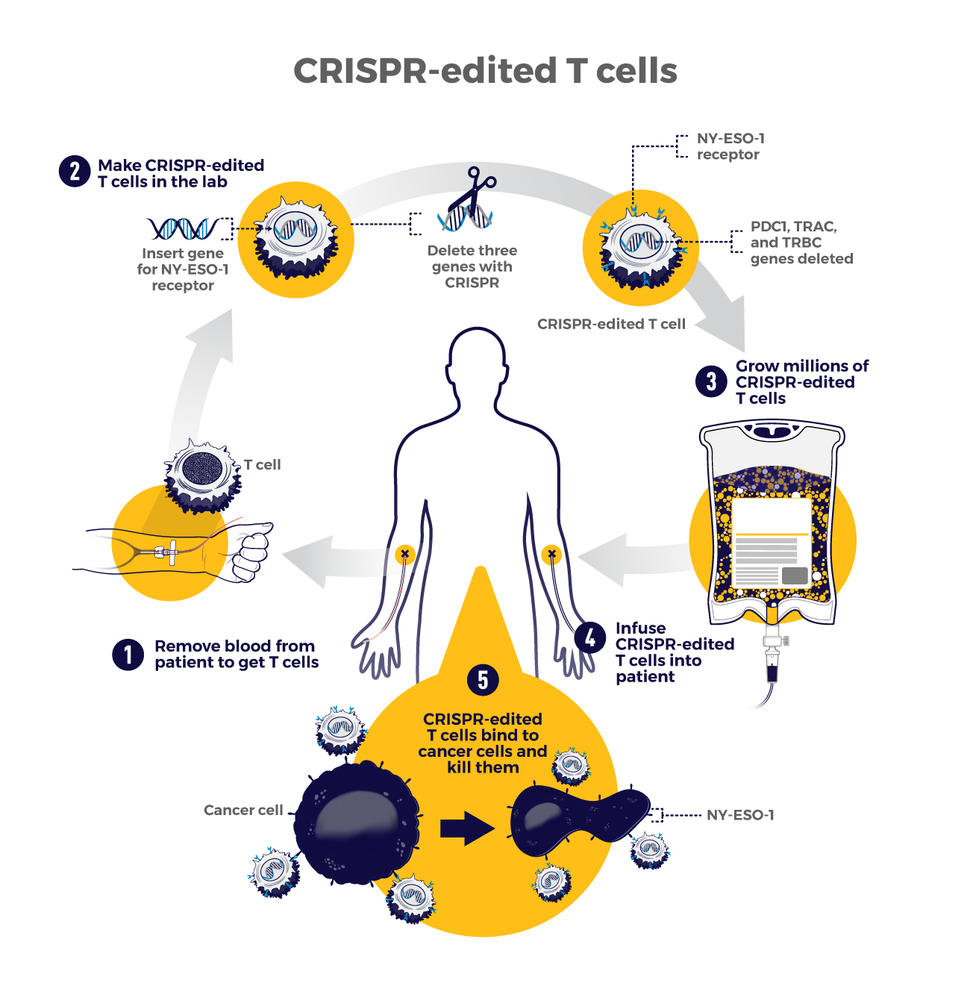ATTENTION WORLD GOVERNMENT LEADERS.
GLOBAL WARMING IS HAPPENING NOW AND PEOPLE AROUND THE WORLD ARE TAKING ACTION. HERE ARE SOME MAGNIFICENT IDEAS IN FULL PROGRESS.
SOME OLD AND NEW IDEAS INCLUDE:
1. Helping those less privileged. The homeless are being provided with both shelters and social help but more is needed! Underground living spaces during the Winter months would help!
2. People around the world today are creating a social middle-of-the-road path in life with a gentle caring philosophy. An old but popular political ideal.
3. Studying the science of Physics and the underlying principles that form our Universe is in full bloom. The Covid 19 Pandemic helped to create a faster learning curve. Visit NASA.com.
4. Studying: Botany, Biology, and Medicine while completely understanding that our Homo Sapient specie is a territorial carnivore willing to slaughter and eat domesticated species such as Cows, Chickens and Pigs...is moving people toward Vegetarianism, a popular ideal today for maintaining good health.
5. Studying the territorial imperative in order to understand why many animal species, including human, fight and are willing to kill for territory, is vitally important to avoid future wars!
6. Some excellent ideas include politely asking people who enjoy moving quickly from one territory into another, to stop pumping Carbon Monoxide into the air we all need to breath. Why not drive Electric cars or ride Bicycles or utilize (non-polluting) public transportation?
7. Some wonderful ideas include: creating or improving water filtration plants, creating Plastic and Metal recycling depots and planting millions of Trees and millions of vegetable and flower gardens every single year, everywhere, especially in drought and famine susceptible countries!
8. Assign students around the world to plant grass and trees and flowers and vegetable gardens in every school yard. Before anything else, students must learn to care for the environment.
9. With portable computers liberating office workers, it is now possible to transform almost empty business sky scrapers into partial Hydroponic Green Houses. Company employees can now enjoy spending a few hours a day caring for plants. Old office buildings can also be renovated and transformed into shelters for the homeless. Europe is ahead of North America in this regard.
10. Today, May 31, 2022, the attack on Ukraine is a sad example for the world! We must stop the race for money and power and territory. Dangerous sociopaths and psychopaths must be screened and prevented from entering world governments. All potential government leaders must pass a universally accepted United Nations sponsored full psychiatric examination. Failure to pass such an examination immediately excludes the candidate from working in government, any government!
11. For long distance travel there now exists Pony Express style Electric Busses that can simply be exchanged every five hundred miles. While one bus is being charged passengers can transfer and continue their journey in another fully charged bus. Small Electric busses are now in operation in cities around the world and of course, the Electric Trains continue to be popular.
12. Electric trains already exist. The Japanese have fantastic high speed Maglev trains which North Americans should have adopted years ago. Electric cars are now on the market and momentum for these vehicles has picked up speed. We need charging stations on every telephone pole across North America to make sure nobody is forced to sit waiting in a dead-battery car. The poles could also be covered with flexible Solar panels wired to charge a large battery sitting under the pole. A CREDIT CARD CAN BE USED TO ACTIVATE A POLE CHARGING STATION IN THE SAME WAY THEY DO IN PARKING GARAGES.
13. The same people who service and pump gas into our cars today, can continue to service cars as battery exchange specialists. We need cheaper assembly line Electric vehicles with removable battery packs. Inexpensive cars that have quick slide-in-and out replaceable battery packs exactly like today's wonderful cordless drills.
14. With human population density becoming a serious problem and global warming presently creating havoc around the world, the need to reduce our world population growth can be addressed with better sex education in the schools. Botany and Biology is best taught in early childhood along with reading and writing. Later, young adults must be reminded how the need for birth control is important.
15. We absolutely have to stop building giant Condo developments with buildings that do not have Green spaces inside and out. Growing vegetables inside a Condo building, by mandating and equipping certain floors for that purpose, will help provide food and employment along with Green spaces for the people living in the buildings. Outside any and all Condo buildings, a tree and flower filled Park area must be provided. Today, without Green spaces and Parks, the over-crowded Condos-for-profit are quickly becoming dangerous slums. Building under ground is one solution to protect us all from global warming and possible catastrophic wars! It is possible to create round underground villages with apartments and boutiques and grocery stores all lit by fibre optic cables and warmed by the Earth. Today, thousands of people find shelter during the cold winter months, in the train tunnels running under the city of Montreal. The same can be said for many cities around the world. What is needed and what would be more humanitarian, is if the governments of the world provided small apartments to fit in with the boutiques and shops now lining the underground tunnels..
I foresee a future where only Green Houses and Orchards and Gardens with Green Tree and flower parks are created above ground. Many of the Green planet saving creations will replace the millions upon millions of polluting industrial buildings presently taking up precious land space.
16. Put Plastic back into the Ocean! Recycle Plastic into large and solid floating Life-Rafts and style them to look like large Ice Burgs. Distribute thousands of these floating platforms where they are needed most in Arctic water. They will help the Polar Bears and Walrus and Seals survive global warming and give these threatened species a place to sit and sleep and thrive when the Ice melts. These rafts will also hold cameras for people around the world to monitor the health of the animals using the rafts. Canadian Ice breaking ships will find another use as scientists aboard will periodically check up to see how the artificial rafts are holding up. The rafts must be created from strong recyclable plastic and they will mimic the real Ice Burgs now melting. They will be moved or removed when necessary.
17. Today, millions of tons of plastic fill garbage dumps around the world. Why not recycle the plastic and create large survival boats for people flooded out of their homes by dangerous storms?
18. One final thought! Magnificent ideas are happening today! Help them along!
P.S. Attention world governments, it is highly recommended that before global warming creates a mass extinction, you act on one or more of the above ideas!
Signed: Nelson Joseph Raglione...
Director: The World Friendly Peace and Ecology Movement.


